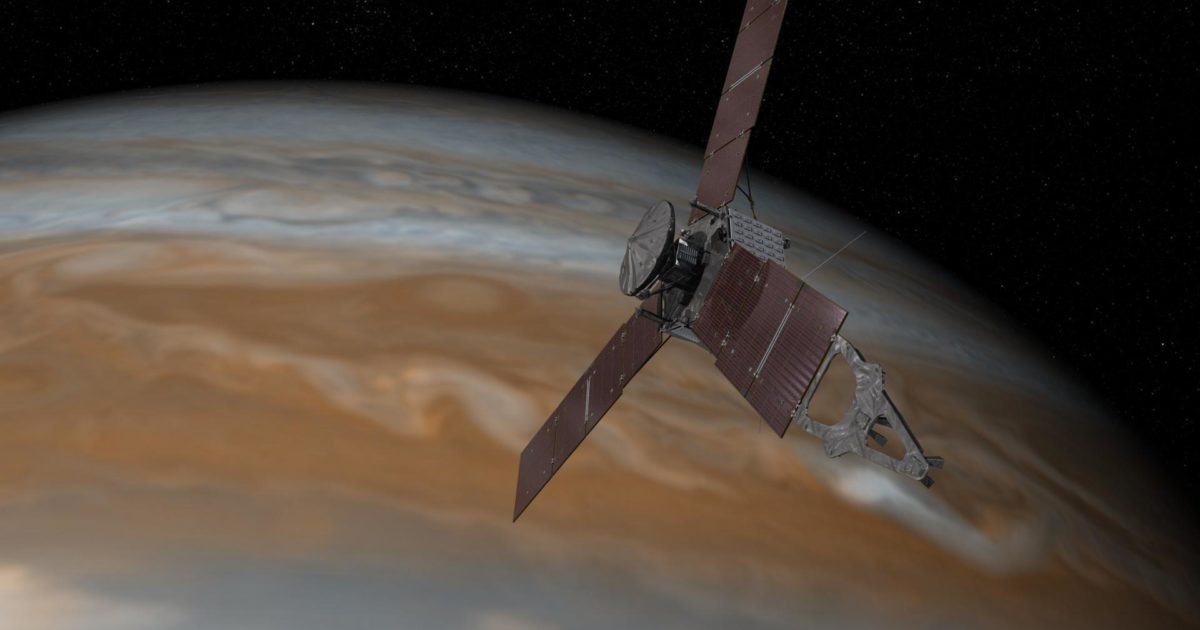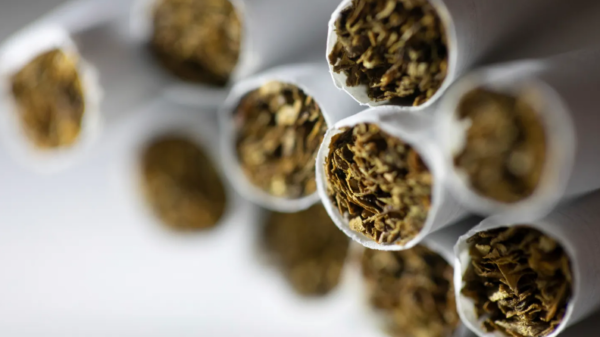The Jupiter Icy Moons Explorer (Juice) will embark on a groundbreaking maneuver involving a fly-by of the Moon and Earth this week, as part of its ambitious mission to explore Jupiter’s moons. Launched in April 2023, Juice is set on a 4.1 billion-mile journey to investigate whether Jupiter’s moons—Callisto, Europa, and Ganymede—could support life in their subsurface oceans.
Flight controllers are preparing for a complex double gravity assist maneuver that will take place from around 11:57 PM on Monday into the early hours of Tuesday. This maneuver involves using the gravitational forces of the Moon and Earth to adjust Juice’s speed and trajectory, enabling the spacecraft to navigate towards Jupiter.
The mission, which will span over eight years, relies on this maneuver to conserve fuel and enhance the spacecraft’s scientific capabilities. By utilizing the gravitational pull of the Moon and Earth, Juice will effectively slow down and change direction, setting it on a path to fly-by Venus in August 2025. Subsequent energy boosts will be provided by Venus and twice by Earth to further accelerate the spacecraft.
The intricate maneuver is critical because a direct journey to Jupiter would require an impractical 60,000 kilograms of onboard propellant due to the planet’s average distance of 800 million kilometers from Earth. By employing this gravity assist technique, the mission conserves fuel, allowing Juice to conduct more extensive scientific research upon arrival.
UK-made scientific instruments play a significant role in the mission. The UK Space Agency has invested approximately £9 million in Juice, contributing several advanced instruments, including imaging devices, surface recorders, and atmospheric sensors. Notably, the UK developed two instruments and led the construction of the magnetometer (J-MAG), which measures magnetic fields around Jupiter.
As Juice approaches the Earth for its fly-by, keen stargazers in South East Asia and the Pacific Ocean might catch a glimpse of the spacecraft with powerful binoculars or a telescope. During the maneuver, Juice will capture images with two onboard cameras, which will be shared with the public in real-time.
Dr. Caroline Harper, head of space science at the UK Space Agency, emphasized the precision required for the maneuver. She described the mission as a “world first,” noting the potential consequences of any minor errors. “This is a world first: a double fly-by of the Moon and Earth has never been done before,” Harper said. “This saves a huge amount of fuel, which means that when Juice arrives at its destination, it can do a lot more science.”









































